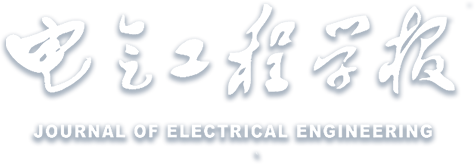Abstract:
In order to analyze the adaptability of virtual power plants(VPP) to the Arongqi milk source base power grid renovation, firstly, based on the evolutionary trend of VPP and the current situation of its development in China, a two-stage VPP operation optimization models are proposed, which is in response to the current situation of contract-based to market-based transition, and the electric boilers and battery storage control are respectively selected for optimal dispatch simulation based on practicalities. Secondly, based on the simulation results, the economic benefits of the electric boiler as a price-based load response in the first stage, and the significance of energy storage for peak load shaving in the second stage are analysed. Finally, by comparing the differences in system stability and economics between VPP and traditional substation expansion, it is concluded that VPP can be an effective way to respond to the transition phase of power system reform and clean energy transition. The results of this analysis provide constructive advice on the planning and development of VPP.


 下载:
下载: